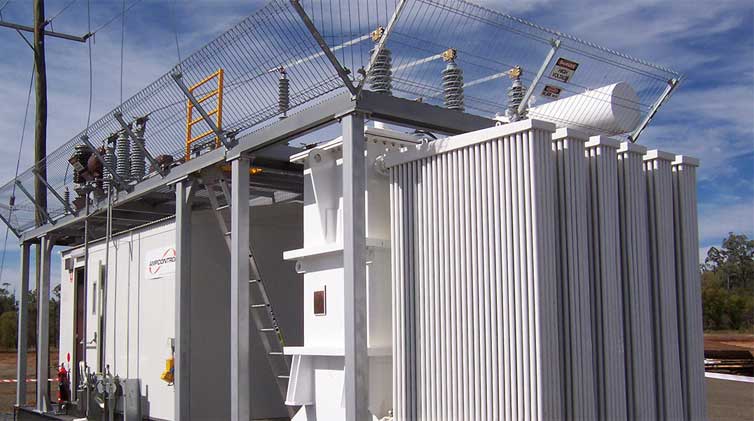Three-minute Transformer Prevention Test Keeps You away from Power Failure for 30 years
Electrical power transformer is widely used in power systems to raise or lower voltages and is important electrical equipment that is indispensable in power systems. Although the modern production of transformers has made breakthroughs in various technical materials, the structure is relatively reliable, but equivalent to transmission lines and generators, the probability of transformer failure is relatively large. Once the transformer fails, there will be serious consequences of a large power outage and a long cycle. Therefore, an annual preventive test is particularly important. In order to ensure the safe and continuous power supply of the power system, and to minimize the faults and abnormal conditions, a series of transformer preventive tests should be done in advance according to the capacity and importance of the electrical power transformer, so as to prevent the failure of the transformer in time.
Remember to do a preventive experiment on your electrical power transformer!
1. Winding insulation resistance and absorption ratio test
The main diagnostic transformer can be sensitive to the overall insulation of the transformer insulation due to the effects of machinery, power plant, temperature, chemistry, etc. The overall deterioration and insulation penetration defects are one of the important references for the transformer to be put into operation. We generally use an insulation resistance tester to detect. When measuring, the transformer should be shorted by the lead end of the side coil, and the lead end that is not tested should be grounded. By measuring the insulation resistance of the transformer, it is possible to find the defects of the continuity of the transformer, and the whole is damp and dirty.2. Measurement of winding DC resistance
Tests that primarily diagnose winding insulation and current loop connections can reflect winding weld quality, such as winding turn-to-turn shorts, winding breaks, or tap-changers and poor wire contact. In fact, it is also an effective means to judge whether various DC electrons are balanced and whether the voltage regulating switch is correct. We generally use a transformer DC resistance tester to detect some major defects in the transformer circuit.3. Insulating oil test
In transformers, insulating oil is the primary insulation and cooling medium. The quality of the oil directly affects the insulation performance and life of the overall transformer. We generally use the insulating oil dielectric strength tester calibration device to test the electrical strength of the insulating oil. The main factor affecting the electrical strength of insulating oil is the moisture and impurities contained in the oil. In our experiment, the distance between the electrodes was adjusted. The oil cup and the electrode were rinsed two or three times with the test oil, and the test oil was injected into the oil cup and allowed to stand for 10 minutes. Then pressurize at a constant speed and record the breakdown voltage. Repeat five times, take the average, and comprehensively find some faults that are difficult to find inside or part of the transformer.4. Measuring dielectric loss factor tgD
It is mainly used to check the overall deterioration of the transformer oil quality, the adhesion of sludge on the windings and serious local defects. Media measurements are often affected by surface leaks and external conditions such as interference with electric fields and atmospheric conditions, so measures are taken to reduce and eliminate the effects. At the site we generally measure the tgD along with the casing, but in order to improve the accuracy of the measurement and the sensitivity of detecting defects, we use the inter-frequency automatic dielectric loss test to determine the location of the defect.Remember to do a preventive experiment on your electrical power transformer!
Jump to Content Sections
Leave a Message
You May Also Like
 English
English  français
français  Español
Español  русский
русский  العربية
العربية  tiếng việt
tiếng việt  Malay
Malay  Indonesia
Indonesia  বাঙালি
বাঙালি 


